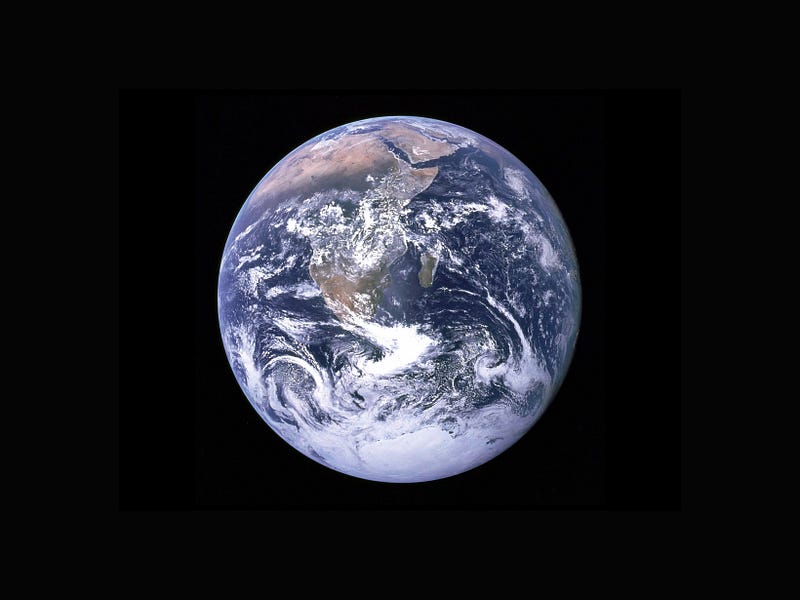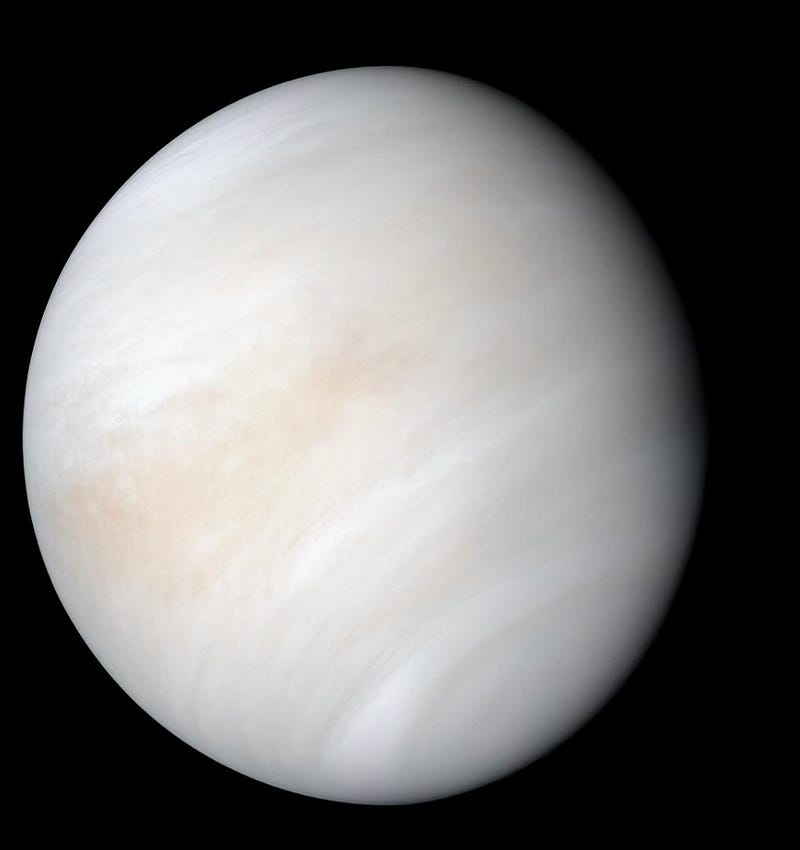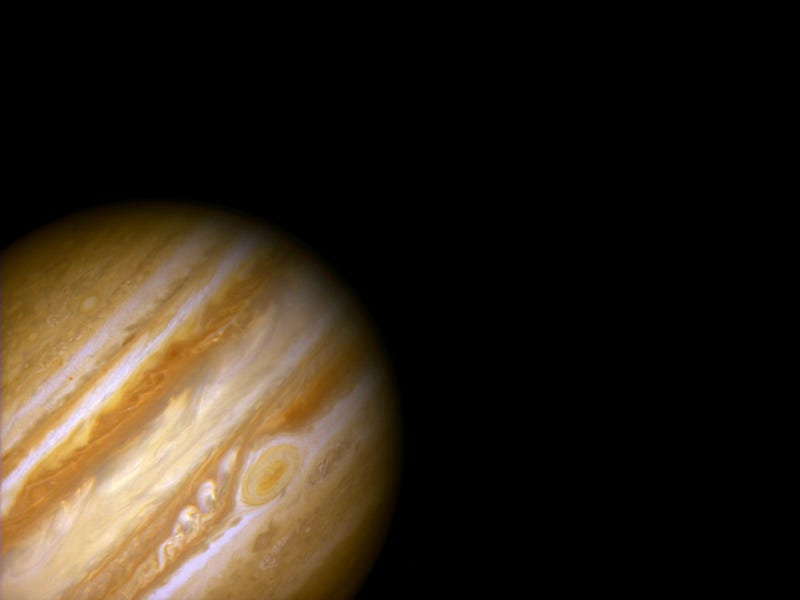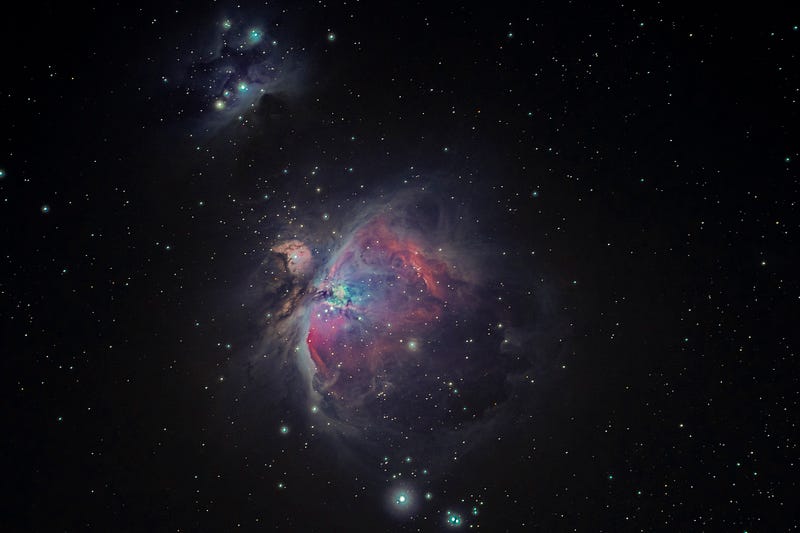The Enigmatic Quest for Extraterrestrial Life: A Cosmic Puzzle
Written on
Chapter 1: The Search for Life in the Cosmos
In the vast expanse of the cosmos, numerous telescopes are tirelessly scanning the skies, seeking the faintest hint of extraterrestrial existence. This relentless pursuit has spanned decades, yet we find ourselves without evidence of our cosmic companions. As our comprehension of outer space expands, a perplexing paradox emerges, one that could profoundly alter our perception of our place in the universe. Welcome to the Red Sky Paradox.
At the heart of this paradox lies a straightforward inquiry: Why is our star, the Sun, so peculiar?
The Sun, classified as a yellow dwarf, is a relatively uncommon star type, overshadowed by the prevalence of red dwarfs, hot blue stars, and even neutron stars. Red dwarfs dominate the stellar landscape, comprising approximately 75% of all stars, making them 100 times more frequent than their yellow counterparts.
As we delve deeper into the characteristics of distant star systems, it becomes evident that both yellow and red dwarfs possess the ability to support life. These stars can host rocky planets situated in their habitable zones, maintain a stable burning rate, and emit minimal harmful radiation. Numerous Earth-like exoplanets have been discovered orbiting both red and yellow dwarfs within their habitable zones.

However, this is where our paradox takes shape. If red dwarfs are so abundant and potentially habitable, why do we orbit a yellow dwarf? Statistically, the expectation would be that our sky is dominated by a red star rather than a yellow one. Three potential explanations for the ‘Red Sky Paradox’ arise, each with significant implications regarding our position in the cosmos.
Section 1.1: We Might Be the Outliers
Is it possible that we are the peculiar exception? If life flourishes around red dwarfs, we could be the uncommon anomaly. Should this be the case, it would suggest that life is more prevalent and possibly more advanced in the universe than previously assumed. Red dwarfs can exist for up to 100 billion years, with some smaller variants potentially lasting a trillion years, while yellow dwarfs have a lifespan of around 10 billion years. This extended duration may allow for significantly more evolutionary time on red dwarfs, potentially hosting advanced civilizations.

Moreover, our existence might not represent the standard model for life. The habitable environments around red dwarfs differ significantly from Earth, often being tidally locked. This leads to one side of the planet constantly facing the star, resulting in a scorched landscape on one side and a frigid wasteland on the other, with only a narrow habitable region in between. Consequently, life on these planets could evolve in ways that defy our expectations.
Subsection 1.1.1: Reevaluating Red Dwarf Habitability
The second explanation proposes that red dwarfs may not be as conducive to life as we believe. Challenging the premise of the paradox, we ask: What if red dwarfs are indeed inhospitable? Several factors could render these Earth-like worlds lifeless, including tidal locking, stellar flares, and the absence of gas giants.
Tidal locking occurs when a planet's rotational period aligns with its orbital period, causing one side to perpetually face the star. This phenomenon can lead to severe heating from stellar radiation and friction due to gravitational forces, potentially resulting in conditions similar to those found on Venus, a hot and arid planet.

Furthermore, red dwarfs are more volatile than yellow dwarfs, often experiencing massive solar flares that could strip away the atmosphere of any Earth-like exoplanet or expose it to lethal radiation. Despite their consistent glow, red dwarfs can exhibit unpredictable behavior, complicating our understanding of their habitability.
In addition, the scarcity of gas giants within red dwarf systems poses another challenge. Gas giants like Jupiter play a crucial role in stabilizing orbits within our solar system. Without these celestial "shepherds," the orbits of planets around red dwarfs may be less stable, potentially jeopardizing the conditions necessary for life.

Section 1.2: Life's Rarity Around Red Dwarfs
The final explanation posits that life may exist around red dwarfs, but it is exceedingly rare or has yet to emerge. If life requires a stable orbit, minimal heating due to tidal locking, and a star with minimal solar activity, then the probability of life thriving around red dwarfs may be much lower than that around yellow dwarfs. This might resolve the paradox, indicating that, despite the abundance of red dwarfs, life could be far less common than previously thought.

Additionally, red dwarfs burn brightly during their pre-sequence phase, a period that can render exoplanets inhospitable until the star stabilizes. Given that red dwarfs appear later in the universe’s timeline than yellow dwarfs, they are predominantly younger stars. This scenario suggests that only yellow dwarfs may currently support life, with red dwarfs potentially becoming habitable in the future.
Chapter 2: The Future of Cosmic Discovery
Regardless of which explanation holds true, the implications are staggering. We may either be far more isolated in the universe than we previously believed, or life could be widespread and vastly different from our own, making us the outliers. Excitingly, we might be among the first civilizations to witness the emergence of diverse life forms across the galaxy as red dwarfs become increasingly habitable.
As we await answers, new advancements in technology, such as the James Webb Space Telescope, will enhance our understanding of exoplanets and their parent stars, helping us unravel this cosmic mystery. In the coming decades, we may uncover insights into the Red Sky Paradox, fundamentally transforming our perception of our existence within this expansive universe.
In the video titled "One Hour Of Mind-Blowing Scientific Hypotheses On Extraterrestrial Life," viewers are treated to a captivating exploration of the theories surrounding the potential for life beyond our planet. The discussion delves into the scientific hypotheses that challenge our understanding of the cosmos and extraterrestrial existence.
Another intriguing video, "Life Beyond Earth and the Mind of Man - 1975," reflects on humanity's quest for understanding life beyond our world, offering insights into the philosophical and scientific implications of our place in the universe.